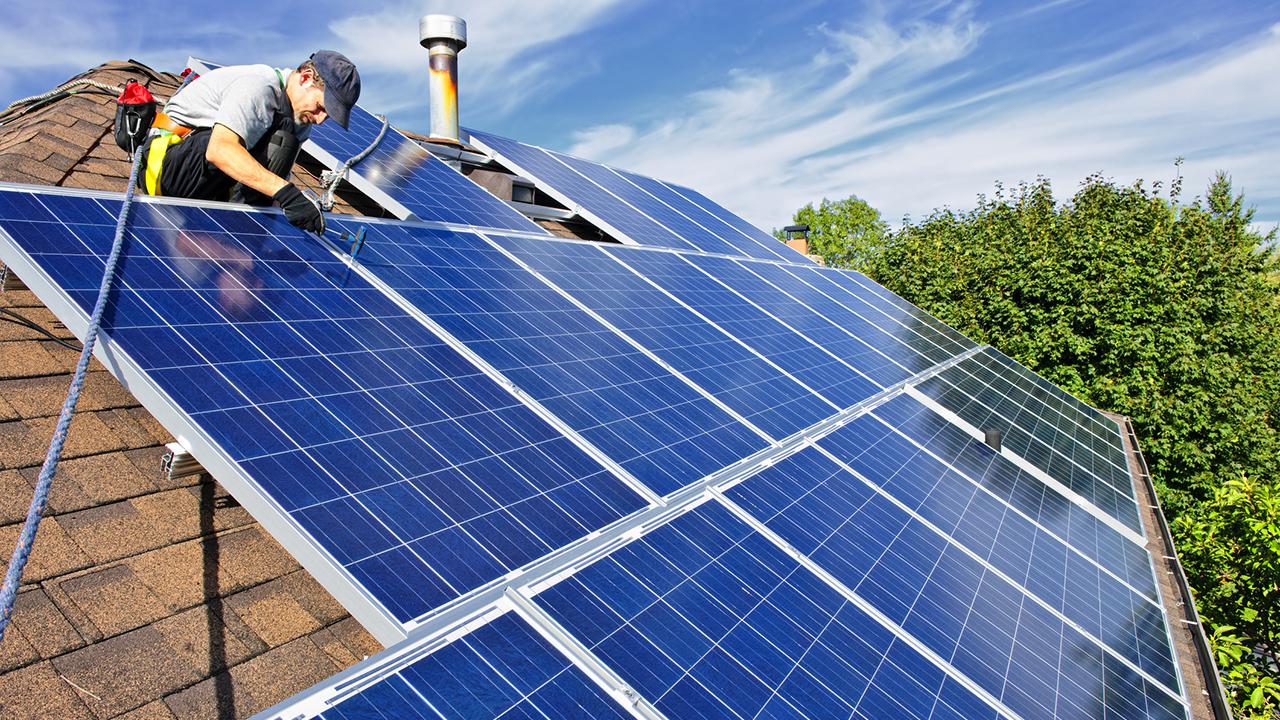Welcome to sainsider.co.za, a comprehensive platform for anything South Africa. In this article, we will be talking about solar panel prices in South Africa. Kindly stay with us.
Overview
Photovoltaics (PV) and concentrated solar electricity are both used in South Africa (CSP). South Africa had 1,329 MW of solar power capacity added in 2016. By 2030, installed capacity is estimated to be 8,400 MW.
Several solar farms were completed in 2014, including the 96 MW Jasper Solar Energy Project, one of Africa’s largest photovoltaic power plants capable of powering 30,000 houses.
Government Programs On Solar Power In South Africa
The South African government, through the South African Revenue Service, began offering a tax benefit for the installation of photovoltaic solar energy generation equipment on January 1, 2016. The modified section 12 B of the Income Tax Act No. 58 of 1962 specifies the extent of the tax shield accessible to the commercial tax paying business through accelerated depreciation based on the MWp (Megawatt peak) of the photovoltaic solar system.
Photovoltaic solar systems with a capacity of less than or equal to 1 MWp can be depreciated in a year, giving the commercial tax payer a 28 percent discount. The tax break is available even if the photovoltaic solar system is built in the middle of the year or is not brand new. Financing a portion of the system’s cost can result in a one-year payback period and continued electricity savings for the rest of the system’s life. Photovoltaic solar systems having a capacity of more than 1 MWp are depreciated at a rate of 50%, 30%, and 20% in the first three years, respectively.
Adoption And Government Conflict Of Interest
Despite the strong tax incentive, South African businesses are slow to install grid-connected photovoltaic solar systems due to the government’s lack of public debate on the subject.
The government, the state-owned firm Eskom, the local renewable energy sector, and international responsibilities such as the Kyoto Protocol and the Paris Agreement, to which South Africa is a signatory, all contribute to the absence of public dialogue. Eskom, the state-owned electrical provider that produces 90% of South Africa’s electricity (85% from coal), relies on electricity sales to stay afloat. Eskom was compelled to raise rates by 340 percent over ten years due to alleged corruption and mishandling of cash in the years running up to 2017.
Despite the tariff hike, Eskom’s financial situation is dire as of 2017. According to the utility, increased renewable energy generation has a direct influence on its revenue stream, making it impossible to pay debt obligations. The possibility of a government bailout has not been ruled out. The utility, which is primarily reliant on coal-fired power plants, is also concerned that renewable energy generation will have a direct impact on coal jobs.
The South African government, through its ownership in Eskom, is reliant on Eskom’s revenue stream to prevent a public bailout.
Solar Thermal Energy In South Africa
Renewable energy must replace 10,000 GWh of electricity by 2013, according to the South African government. According to the Department of Energy, solar water heating can meet 23% of this target, and Eskom is actively promoting users to switch to solar water heating.
Residential Solar PV
Since 1992, the number of solar panels installed in South Africa has increased. Eskom’s cheap electricity pricing before to 2010 resulted in a recent significant surge in installation. Consumers in all areas, including industrial, agricultural, commercial, and residential, are seeing a shift in installations. There are projections that the cost of solar PV will continue to fall well beyond 2020.
The continuing drop in solar PV and battery storage costs makes self-ownership with backup intervention and storage in the absence of grid-based power an increasingly appealing business case. Because they are based on industry estimations, the figures for solar PV absorption can hardly be considered comprehensive or official at this time.
Because there is no formal or effective Small-Scale Embedded Generation (SSEG2) registration method for low-voltage connected customers, installation numbers are unknown. Although the South African National Energy Regulator (NERSA) has indicated that they will begin a formal national registration procedure for SSEG, it is likely that they will not be fully operating for another two to three years.
Solar Panel Prices In South Africa
Below are prices for solar panels in South Africa.
| KODAK – Solar Off-Grid Inverter MAX 7.2kW 48V | R21,745.00 |
| KODAK 5kW – FTTX 9.6kWh AGM – Solar Power Kit – Full Black | R56,863.43 |
| KODAK 3kW – FTTX 4.8kWh AGM – Load Shedding Kit | R26,715.94 |
| FTTX – 200Ah 12V GEL Deep Cycle Battery | R6,140.00 |
| KODAK 5kW – FTTX 19.2kWh AGM – Load Shedding Kit | R59,102.81 |
| Sacolar MLP Series 5KW Inverter | R7,990.00 |
| Sunsynk 8kW Hybrid Inverter 48V | R42,550.00 |
| KODAK 5kW – FTTX 9.6kWh AGM – Load Shedding Kit | R37,770.31 |
| KODAK – OG3.24 3kVA Off-Grid Solar Inverter | R10,690.00 |
| KODAK – Solar Off-Grid Inverter MAX 7.2kW 48V | R21,745.00 |
Thank you for reading our todays topic on solar panel prices in South Africa. We hope to see you soon.
